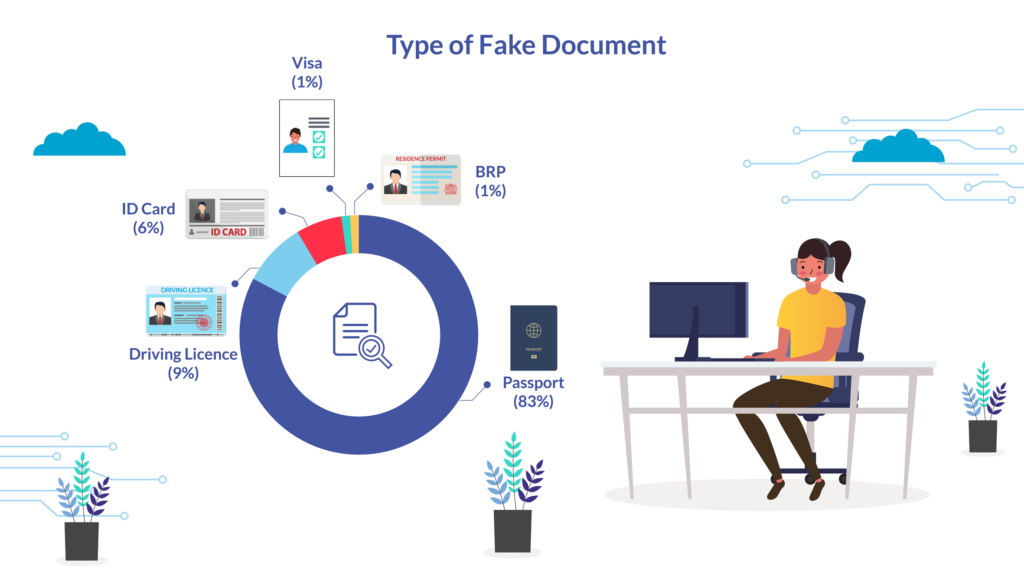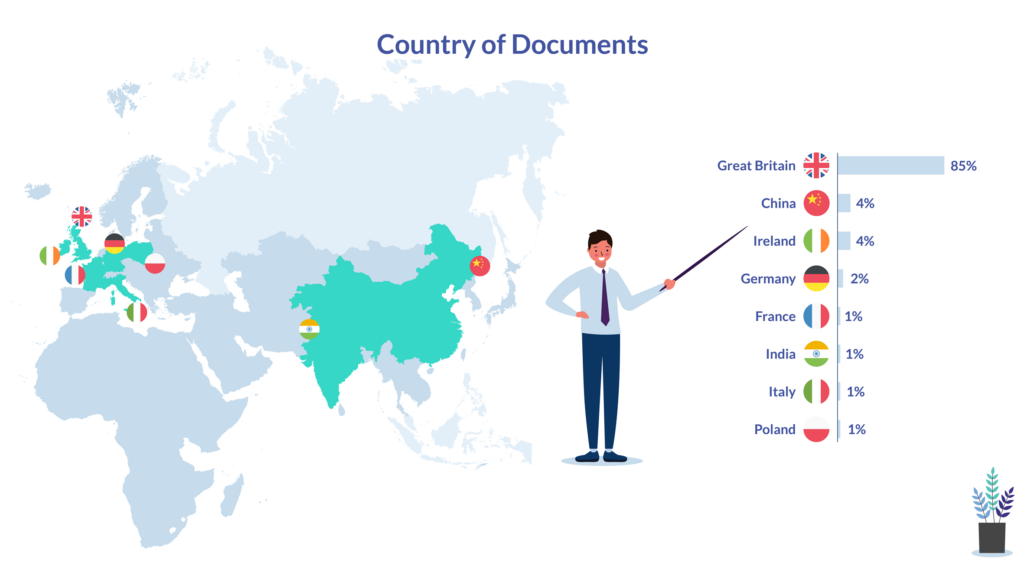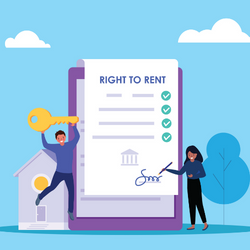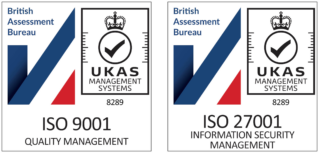Right to Rent checks – how can identity validation technology help?

The Right to Rent scheme requires landlords of privately rented accommodation to conduct checks on all new tenants to establish if they have a legal right to be in the UK and therefore have the right to rent. Right to Rent guidance has seen many changes, moving from in-person checks to temporary Covid-adjusted checks and now including a permanent option for remote checks
Since 1st October 2022, landlords have three different ways to carry out Right to Rent checks, depending on their process and the type of documents held by their tenants.
- A manual Right to Rent check which can be used for every tenant.
- A Digital Scheme Right to Rent check using the services of an Identity Service Provider (IDSP) which can be used for British and Irish citizens only.
- A Home Office online Right to Rent check which can be used for non-British or Irish citizens who hold an eVisa / share code.
The good news is that a recently published Home Office survey showed that around 2/3rds of landlords feel very or quite confident carrying out the checks they need to make under the scheme to verify tenants. However, many different types of documents can be used to demonstrate Right to Rent, including single documents, combined documents and those where a time limited statutory excuse applies. This can make it quite a challenge to ask for the right documents and confidently confirm that they are genuine.
Spotting fraudulent documents
Our statistics show that TrustID customers in the housing and letting sector have been presented with many different types of fraudulent documents, including driving licences, Biometric Residence cards, ID cards, visas and most commonly, passports.

When questioned in the Home Office survey, landlords claimed to be more confident if they were checking a passport and in particular, a British passport.
However, statistics from our customers in the housing and letting sector show that a British passport is in fact the most commonly presented fraudulent document.

So, how can technology help landlords and agents when making checks?
Getting Right to Rent checks right is critical – not only to help landlords to avoid fines but also to avoid the cost and negative implications of renting to a fraudulent tenant. So, in a competitive and fast-paced rental market, how does technology help?
Spotting fraud
Whilst you may feel confident checking documents, in our experience, fraudsters may present sophisticated documents which can be tricky to spot. Identity Validation Technology (IDVT) can confirm that a document is genuine and is being presented by its owner. This ensures that the documents which you are seeing to prove Right to Rent are legitimate, whether you check a tenant’s original document or carry out checks remotely.
Easy to use
IDVT is designed to be easy to use by both landlords and their tenants. No matter whether you meet face to face or want to validate identity remotely, technology makes the upload and validation process straightforward. With the TrustID service, there’s nothing to download and you can access it using a smartphone or tablet device.
Fast and consistent checks
Identity technology helps you to check every tenant in the same consistent and quick way. Remote identity checks mean a tenant no longer needs to get to an agency to show their documents – checks can be done digitally and pretty much instantly. We have a target response time of 1 business hour 7-days a week although our service usually returns a result within just a few minutes.
In summary, using IDVT for Right to Rent checks streamlines and simplify processes, reduces the time you’ll spend on repetitive administration, protects you from identity fraud and reducing the risk of human error. If you’d like to learn more about how IDVT could support your Right to Rent process, please get in touch.
Sign up to receive updates
Receive notifications from TrustID direct to your inbox. Simply fill out your email address in the form below.
Want to find out more?
We’d be really happy to chat through your requirements and offer advice on the best service for your business.
Tel: 0118 466 0822 or email us.
Request a callback


